Image of the day/week/month
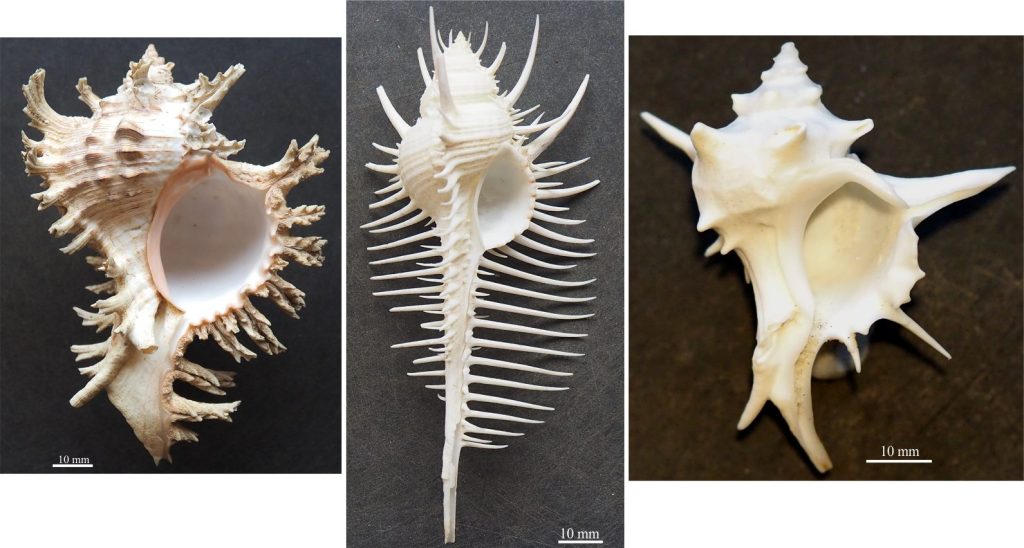
The sartorial splendour of spiny Murex – the real show-offs in the world of gastropods. From the left: Chicoreus ramosus (the Ramose Murex, Philippines); Murex pecten (Venus comb Murex, Philippines); Porieria zelandica (New Zealand) – the one I stood on!.
374 articles, atlases, and glossaries to choose from
Herein you will find posts on Earth and planetary sciences, Art and Science and other digressions that focus on Science Communication and online resources for students of all disciplines, but particularly Geology. Post categories-topics are linked to the navigation bar or just head to the latest additions listed below.
I do this for the love of it. I do not receive any remuneration for the site (and I don’t advertise). The website (geological-digressions.com) is not attached or beholden to any organization.
A number of colleagues have kindly donated images for certain categories of posts. They are all acknowledged, usually in the caption to an image. They are also acknowledged in a Contributors Page.
The How to… articles are designed for geology students, providing outlines of method and theory for some of the basic tasks that geologists undertake in the field and lab. They are directed primarily at beginning and undergraduate geology students and anyone else wanting a reminder or primer, and as such are a bit more technical than other posts.
Peruse the Atlas series for images of different geological environments and processes, modern and ancient.
The Glossary has been compiled from terms used in this website. Links to the relevant posts are included. There are currently 11 glossaries.
And finally, if you would like to know something about me, where I’ve come from, where I’ve been – A geological life
If you use any of the images on this website, please follow the normal protocols for attribution – for example: Brian Ricketts or Geological Digressions followed by the article link/URL.
Thanks.
Latest Posts
Mohr circles and stress transformation
Analogue models of faults: scaling the materials

Geological models: An introduction
Model dimensions and dimensional analysis

Miller Indices in crystallography


Seagrass lithofacies in the rock record
Seagrass meadows and ecosystems
Marsquakes: The InSight experiment
Seismic experiments and moonquakes
Three posts on tempestites:
3 Evolving tempestite lithofacies models
2 Storm surges and tempestites
1 Storms and storm surges: Forces at play
How do we identify a basin margin?
The three pycnals: Hypo-, homo-, and hyper
Fluid flow: Stokes Law and particle settling
Fluid flow: Shields and Hjulström diagrams
Coral morphology for sedimentologists
The lithofacies of mountain streams
Crossbedded gravel lithofacies
Introducing coarse-grained lithofacies
Subaqueous dunes influenced by tides
Lithofacies beyond supercritical antidunes
Hummocky and swaley cross-stratification
Low-angle crossbedded sandstone
Laminated sandstone lithofacies
Tabular and trough crossbed lithofacies
Echinoderm morphology for sedimentologists
Sedimentary lithofacies – An introduction
Ripple lithofacies: Ubiquitous bedforms
Ripple lithofacies influenced by tides
Trilobite morphology for sedimentologists
Brachiopod morphology for sedimentologists
Cephalopod morphology for sedimentologists
Gastropod shell morphology for sedimentologists
Bivalve morphology for sedimentologists
Lithic grains in thin section – avoiding ambiguity
Neomorphic textures in thin section
Stratigraphic surfaces in outcrop – baselevel fall
Stratigraphic surfaces in outcrop – baselevel rise
Pyroclastic surges and base surges
Accretionary aggregates and accretionary lapilli
Ignimbrites in outcrop and thin section
Carbonates in thin section: Forams and sponges
Carbonates in thin section: Bryozoa
Carbonates in thin section: Echinoderms and barnacles
Carbonates in thin section: Molluscan bioclasts
Volcanics in outcrop: Pyroclastic density currents
Fluid flow: Froude and Reynolds numbers
Optical mineralogy: Some terminology
Beach microcosms as fan delta analogues
Plotting a structural contour map
Geohistory 2: Backstripping tectonic subsidence
Geohistory 1: Accounting for basin subsidence
Geofluids: The permeability of faults
Geofluids: Sedimentary basin-scale fluid flow
Geofluids: Lithosphere-scale fluid flow
Source to sink: Sediment routing systems
Allochthonous terranes – suspect and exotic
Basins formed by strike-slip tectonics
Strike-slip faults: Some terminology
Henry Darcy’s Law; a conceptual leap
Accretionary prisms and forearc basins
Thrust faults: Some common terminology
Sedimentary basins: Basins formed by lithospheric flexure
Faults – some common terminology
Stereographic projection of linear measurements
Sedimentary basins: Nascent conjugate, passive margins
Sedimentary basins: Stretching the lithosphere: Rift basins
Sedimentary basins: Classification of sedimentary basins
Sedimentary basins: The thermal structure of the lithosphere
Sedimentary basins Isostasy: A lithospheric balancing act
Sedimentary basins: Regions of prolonged subsidence
Sedimentary basins Defining the lithosphere
Sedimentary basins The rheology of the lithosphere
Sequence stratigraphy Which sequence stratigraphic model is that?
Sequence stratigraphy Depositional systems and systems tracts
Sequence stratigraphy Stratigraphic condensation – condensed sections
Sequence stratigraphy Stratigraphic lapouts
Sequence stratigraphy Clinoforms and clinothems
Sequence stratigraphy Stratigraphic trends and stacking patterns
Sequence stratigraphy Shorelines and shoreline trajectories
Sequence stratigraphy Parasequences
Sequence stratigraphy Sequence stratigraphic surfaces
Sequence stratigraphy Stratigraphic cycles: What are they?
Sequence stratigraphy Autogenic or allogenic dynamics in stratigraphy?
Sequence stratigraphy How to read a sea level curve
Sequence stratigraphy Facies and facies models
Sequence stratigraphy Sediment accommodation and supply
Sequence stratigraphy Baselevel, Base-level, and Base level
Sequence stratigraphy A timeline of stratigraphic principles; 15th to 18th C
Sequence stratigraphy A timeline of stratigraphic principles; 19th C to 1950
Sequence stratigraphy A timeline of stratigraphic principles; 1950-1977
Volcanics in outcrop: Pyroclastic fall deposits
Mineralogy of carbonates: Stromatolite reefs
Sedimentary structures: Stromatolites
Volcanics in outcrop: Secondary volcaniclastics
Sedimentary structures: Alluvial fans
Sedimentary structures: coarse-grained fluvial
Sedimentary structures: Fine-grained fluvial
Sedimentary structures: Mass transport deposits
Sedimentary structures: Turbidites
Sedimentary structures: Shallow marine
Mineralogy of evaporites: the rise of diapirs
Mineralogy of evaporites: salt tectonics
Mineralogy of evaporites: Marine basins
Sediment transport: Bedload and suspension load
Mineralogy of evaporites: Death Valley hydrology
Mineralogy of evaporites: Saline lake brines
Mineralogy of evaporites: Saline lakes
Mineralogy of carbonates; Sabkhas
Mineralogy of carbonates; Pressure solution
Mineralogy of carbonates; Neomorphism
Mineralogy of carbonates; Burial diagenesis
Mineralogy of carbonates; Karst
Mineralogy of carbonates; meteoric hydrogeology
Mineralogy of carbonates; deep sea diagenesis
Mineralogy of carbonates; beachrock
How to … Mineralogy of carbonates; sea floor diagenesis
Mineralogy of carbonates; cements
Mineralogy of carbonates; diagenetic settings
How to… Mineralogy of carbonates; basic geochemistry
How to… Mineralogy of carbonates; carbonate factories
How to… Mineralogy of carbonates; classification
How to… Mineralogy of carbonates
How to… Mineralogy of carbonates; skeletal grains
How to… Mineralogy of carbonates; non-skeletal grains
How to… Mineralogy of carbonates; lime mud
The mineralogy of sandstones: porosity and permeability
How to… The provenance of detrital zircon
How to… Provenance and plate tectonics
How to… The provenance of sandstones
How to… The mineralogy of sandstones: matrix and cement
How to…The mineralogy of sandstones: Quartz grains
How to…The mineralogy of sandstones: Feldspar grains
How to…The mineralogy of sandstones: lithic fragments
How to… Classification of sandstones
How to… Some controls on grain size distributions
How to… Describing sedimentary rocks – some basics
How to… Grain size of clastic rocks and sediments
How to… Analysis of sediment grain size
How to… The kinematics of deformed rock
How to…Cleavage and cleavage-bedding intersections
How to… Stereographic projection – poles to planes
How to… Using S and Z folds to decipher large-scale structures
How to… Folded rock; some terminology
How to… The Rule of Vs in geological mapping
How to… Measuring a stratigraphic section
How to … measure and graphically represent paleocurrents. Three more posts in the How to.. series dealing with stratigraphy and paleocurrents.
How to… Measure dip and strike A How to… series for field and lab tasks, directed mainly at beginning geology students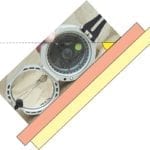
The Moine Thrust:An idea that unravelled mountains










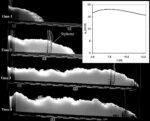







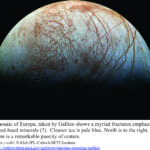
















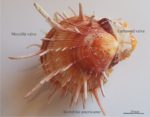

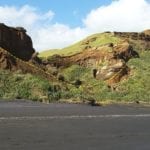





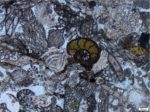


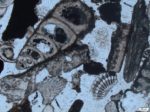


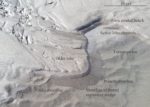
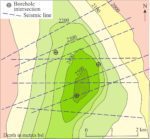

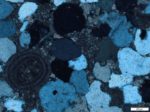
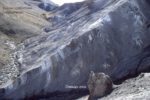



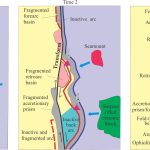
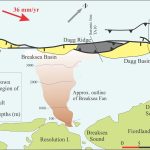
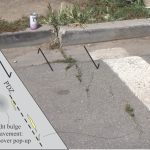

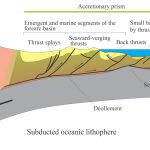
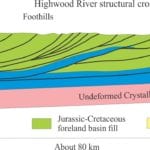

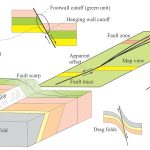
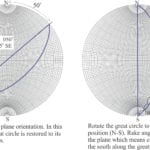
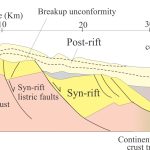
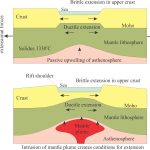
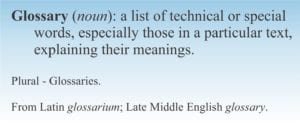
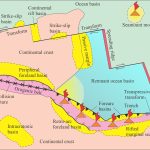




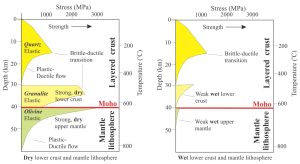
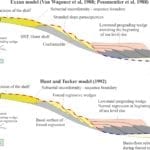
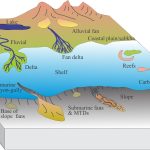
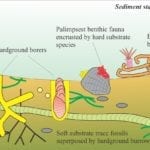
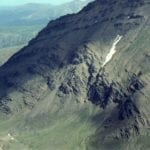
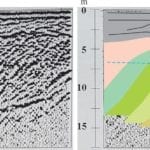
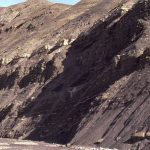
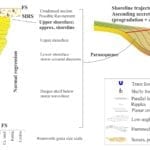

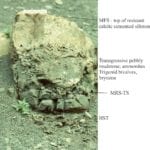


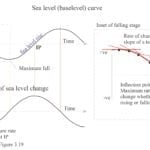
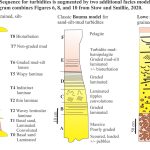

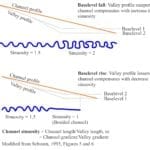




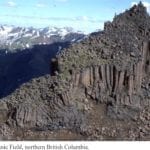

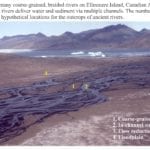
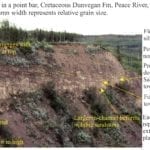
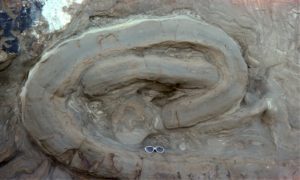
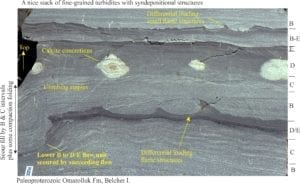
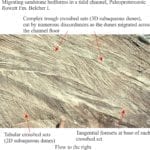
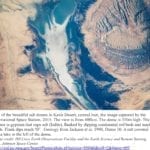

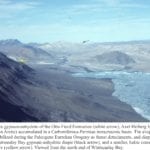
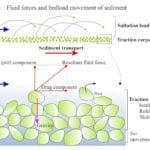
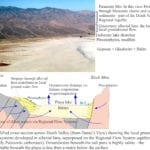

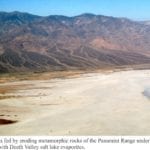
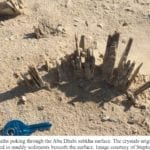



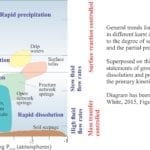
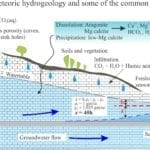

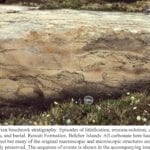
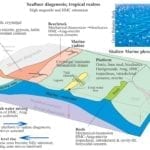

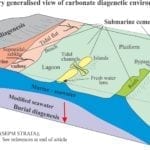
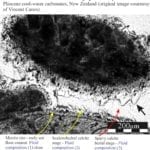

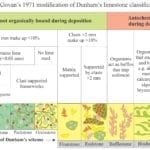

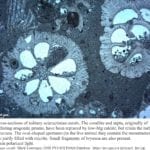
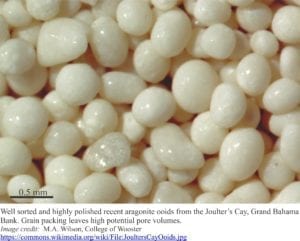
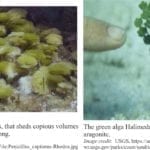
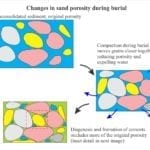

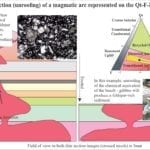


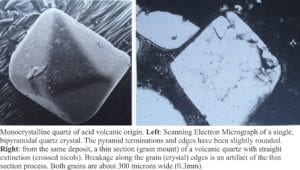
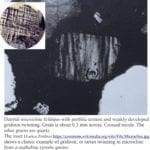
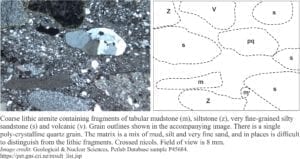
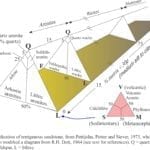
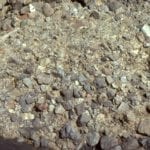
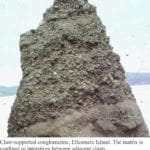
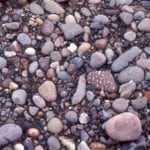
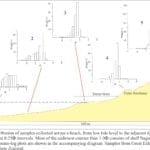
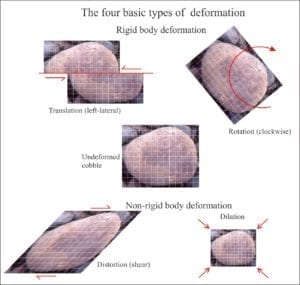
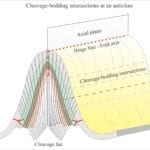
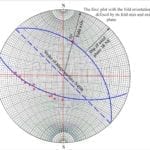

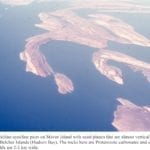
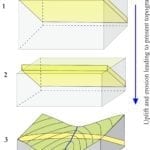
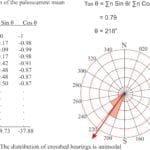
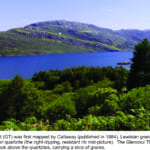
Just been reading your post on Fluid Flow: Froude and Reynolds Numbers
There is a an error in the formula for the Froude number. You have
F_r = V / \sqrt{g}D
when it should be
F_r = V/\sqrt{gD}
That is, the D should be inside the square root.
Apart from that, it’s a nice explanation.
Yes you are correct. The problem with WordPress symbols is that they are not editable, so the sq root looks like it applies to the g only. Thanks. I’ll add the parentheses.
For the primary portion of land time, our progenitors were microorganisms. Most animals actually are microbes, and every last one of our trillions of cells is a province of microorganisms. Please help me check this blog on Plant Fossils of the Central Appalachian Coalfields